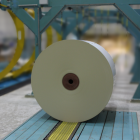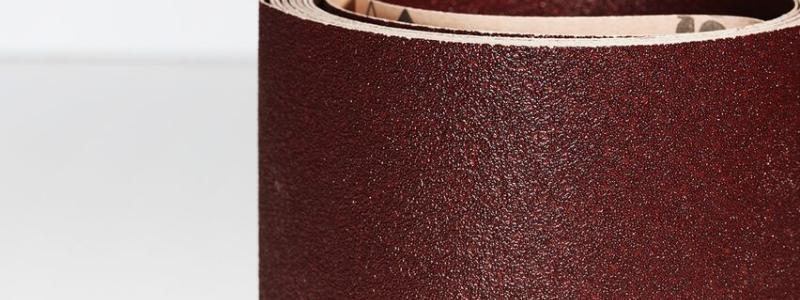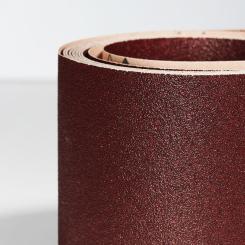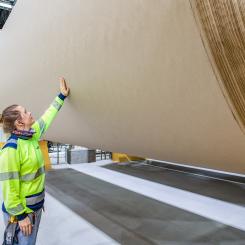Nano is currently the magic word in many fields of research, including the forest industry. Using nanocellulose, it is possible to create translucent paper and new super-strong materials "Nanocellulose can offer us more possibilities than we can imagine," says Marie Eriksson and Folke Österberg at SCA R&D Centre in Sundsvall, Sweden.
At present, most of SCA’s timber goes to mills that produce pulp, paper or solid-wood products. Residual material is primarily used as fuel. However, researchers believe that the forest will be able to provide us with a greater number of products in the future.
"We will continue to make paper in the future, but our mills will be more developed and be able to utilise more valuable compounds in the wood," says Folke Österberg, Director of Research at SCA R&D Centre.
The research centre is located next to the Mid Sweden University in Sundsvall and employs 85 people. Their job is to uncover what the forest can generate in the future.
one of the most promising areas relates to nanocellulose. The research centre recently initiated collaboration with the Borregaard biorefinery, a manufacturer of nanocelluose, to learn more about how nanomaterial can strengthen paper products.
The word nano means one-billionth and gives an indication of the incredibly small size of nanoparticles. They are not visible using a standard optical microscope. When the cellulose is broken down into nanoparticles, it is about one-thousandth the width of a human hair.
"It creates a material that is better than steel and is comparable to Kevlar," says Österberg.
At present, the process used to break up the cellulose into nanoparticles is still expensive, which is why so much work is being done to bring the price down. At the same time, research is being carried out to see what can be made from nanocellulose.
The prospects are extremely promising, both with respect to improving existing products and new innovations. For example, paper and packaging can be made stronger and more translucent using nanocellulose. It can also be used in composite materials, which involves combining two different materials to strengthen each other. The result is a material that is both light and durable, and can replace today’s plastic materials, which have become a major environmental burden.
"A fantastic benefit of wood-based materials is that they are derived from nature and are renewable," says Marie Eriksson, Group Manager at SCA R&D Centre.























































